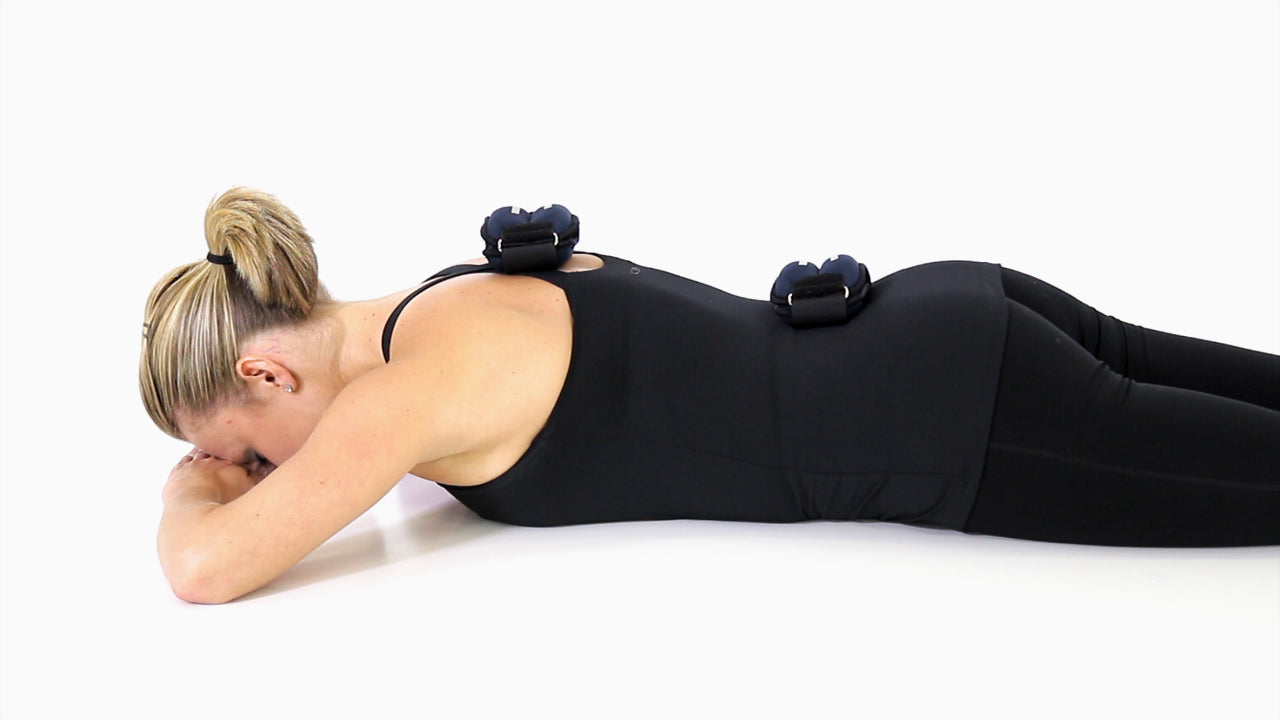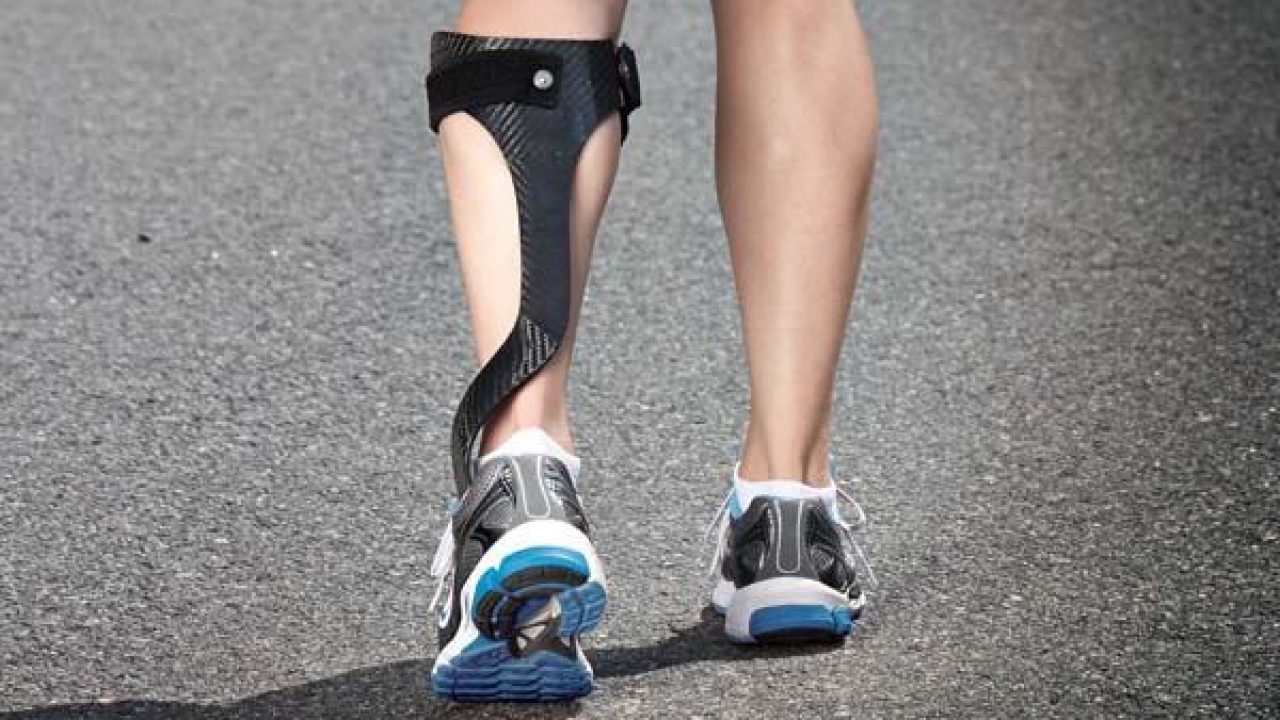Everyone suffers from back pain, especially in the lower back due to bad posture and straining muscles or some illness. One simple yet effective way of treating discomfort associated with a back injury is to use a supportive compression back brace. If the brace fits properly, it will offer the necessary restriction, support, pain relief as well as healing.
Understanding the Role of a Back Brace
The function of a back brace is to stabilize the spine by restricting injuries-causing movements and alleviating force on spinal structures. This support is useful when performing any activity that stresses the lower back like sitting for long durations or lifting heavy loads. Furthermore, back braces can act as a device to aid in the correction of blunders of spinal posture, which is essential in long term spinal care.
Selecting the Appropriate Back Brace
Selecting an appropriate back brace makes a huge difference in its effectiveness:
Choose Your Brace: Back braces can be divided into different types; there are rigid, semi rigid, and soft braces. Maximum support is provided using rigid braces which are often used for more severe conditions. Moderate support is provided by semi rigid braces suitable for moderate pain or in recovery phases. Soft braces are used for minor discomfort or as a preventive measure, therefore offering little support.
Comfort and Fit: Check that the brace fits comfortably around your waist and is snug without being too tight. It should be comfortable to wear over long periods of time without irritation to the skin.
Material: Choose materials that are breathable to reduce excess sweating and skin related issues. Commonly used materials include neoprene and mesh due to their comfort and breathability.
Proper Usage of a Back Brace
To maximize the benefits of a back brace:
Brace Wearing Plan- brace should not be worn for prolonged periods of time. It is best worn using the “2-2-2” method, which is wearing it for 2 hours in the morning, 2 hours in the afternoon, and 2 hours in the evening. This allows adequate support while enabling the muscles to function without atrophy.
During Training and Other Strenuous Activity- brace should be worn during exercises that require lifting as well as when there is going to be extended periods of stress on the lower back. This also includes gardening, cleaning, and lifting groceries.
Posture Maintenance- Even though slouching may be prevented by the brace, good posture is still required while wearing the brace. The brace should not be used for leaning purposes.
Skin Care and Maintenance
Proper skin care is vital when using a back brace:
Put On A Shirt: A form-fitting cotton shirt can reduce skin chafing and absorb moisture as well.
Leading Hygiene: Maintain the skin area under the brace clean at all times. Wash the skin continually to eliminate perspiration and rashes.
Brace Care: Always follow the cleaning procedures provided by the manufacturer to maintain the brace's functionality.
Healthcare expert guidance
It is suggested you first speak to your healthcare provider prior to using a back brace, particularly if you suffer from underlying health concerns or chronic pain. They may recommend the most appropriate brace for your case along with instructions on how to use it.
In summary
Adding a back brace to your regimen may help in controlling lower back pain. With the right brace, wearing it according to the provided instructions, caring for the skin and avoiding irritation, one can promote healing as well as enhance comfort. It is essential to point out that a back brace serves as a means of support and does not replace exercise, good posture, ergonomic habits, or other healthful practices.
For those looking to evaluate different kinds of back braces, reputable online stores or healthcare professionals can provide care options tailored to the patient’s needs.





Leave a comment
This site is protected by hCaptcha and the hCaptcha Privacy Policy and Terms of Service apply.